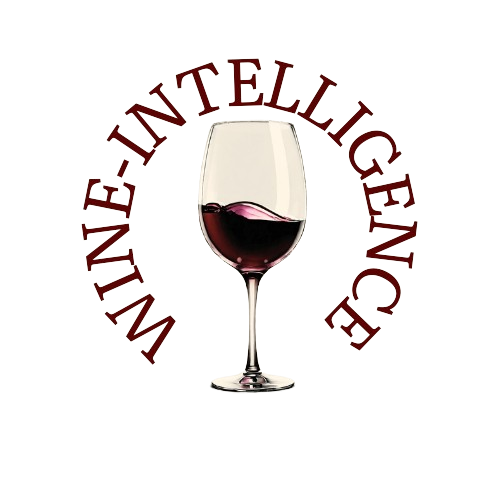The Champagne region of France, renowned for its world-class sparkling wine, is bracing for a challenging year in 2024.
A combination of adverse weather conditions, declining sales, and vineyard diseases threatens to significantly impact this year's harvest and the industry's economic health.
The Comité Champagne (CIVC), the region's governing body, has set the commercial yield for 2024 at 10,000 kilograms per hectare, a figure reminiscent of the 2021 harvest. However, achieving this target may prove difficult given the current challenges.
Weather-Related Setbacks
This year, Champagne's vineyards have been battered by late frosts and severe hailstorms, which have reduced the crop potential by approximately 10%. Specifically, 9.2% of the damage is attributed to frost, predominantly affecting the Aube department, while the remaining damage is due to a significant hailstorm in the Vallée de la Marne.
The adverse weather didn't end there. The spring season was marked by wet and cold conditions, extending the flowering period and increasing the risk of crop losses. Strong summer storms in July have further compounded these issues, heightening the prevalence of downy mildew, a fungal disease that thrives in wet conditions. Although the exact impact of downy mildew on this year’s yield is not yet known, significant losses are anticipated.
Maxime Toubart, president of the Syndicat des Vignerons (SGV) and co-president of the CIVC, has projected yields around 10,000 kg/ha but cautioned that this could decrease if powdery mildew, another fungal threat, exacerbates the current situation.
Vineyard Diseases
The prolonged wet weather has created ideal conditions for downy mildew, which poses a serious threat to the vines. This disease, combined with the already present risks of frost and hail damage, has put the Champagne vineyards under immense pressure. Last year's crop suffered from rot, necessitating the replacement of 10% of the yield officially, with some reports suggesting up to 40% of the crop was compromised. This legacy of disease and rot continues to haunt the current harvest, casting doubts on the potential quality and quantity of this year’s produce.
Declining Sales
The economic backdrop for Champagne producers is equally troubling. Champagne sales have been on a downward trend for 16 consecutive months, with an annual moving average of 280 million bottles, falling below June 2021 levels. The first half of 2024 has seen the second lowest sales in over two decades, with exports down 18.2% and domestic sales in France down 10.2%. European exports have plummeted by 22.1%, and sales to the rest of the world have decreased by 16.4%. Despite a slight slowdown in the decline over the past three months, June's losses were more significant compared to May and April.
David Chatillon, president of the Union des Maisons de Champagne (UMC) and co-president of the CIVC, attributes these figures to an overstock situation following the Covid-19 pandemic. However, given the persistent decline over 16 months, this explanation seems insufficient. The sales drop has predominantly affected houses and cooperatives, with declines of 17.1% and 15.2% respectively in the first half of 2024, suggesting ongoing struggles in the non-vintage Champagne category. Rising grape prices have driven up costs without a corresponding increase in quality, making lower-priced Champagne alternatives more attractive to consumers.
Market Shifts and Competition
While the co-presidents of the CIVC maintain that Champagne occupies a premium market position, the reality indicates a growing preference for alternative sparkling wines among consumers. In the United States, the sparkling wine market has expanded significantly since 2019, with nearly 25% of wine consumers regularly choosing sparkling wines by 2023. Prosecco, Crémant, Cava, and American sparkling wines have particularly benefited from this trend, especially among men under 55.
In the UK, despite a slower growth rate since 2019, one in three wine consumers continues to enjoy sparkling wine regularly. English sparkling wine, Crémant, and low-alcohol options are driving market growth, although British consumers still show a strong preference for well-known brands.
Strategic Adjustments
In response to declining sales, some Champagne houses and cooperatives have implemented significant discounts to boost volumes of non-vintage wines, particularly in key markets like the UK and the US. While this strategy has yielded some positive results, it has not been enough to reverse the overall sales decline, as consumers increasingly explore alternative options.

